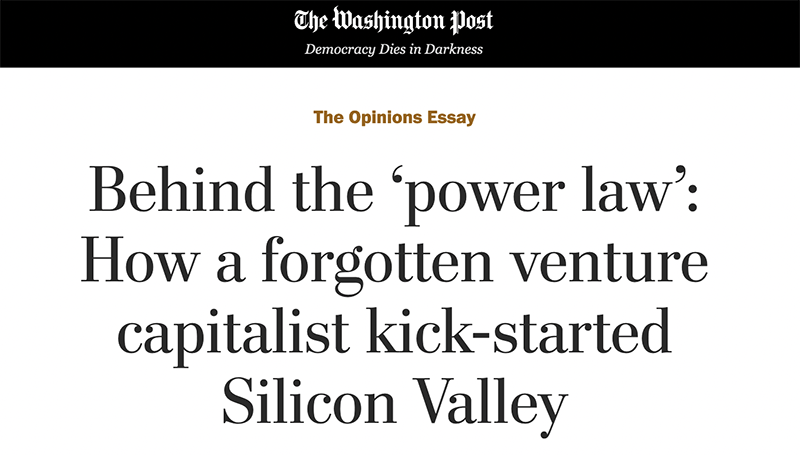What is a venture capital fund? How long do they last? What fees do they charge?
What are the various types of venture capital funds? When are these funds active in the lifetime of a startup? How big are these funds? How many investments do they make?
An uncommon but powerful alternative to typical venture capital funds is the holding company.
More details on the holding company model from the California Capitalism lecture.
Questions and answers

Mark Suster is a once-entrepreneur now venture capitalist. In “The Changing Venture Landscape” he explains how the venture capital industry has shifted over the last decade. In there, note the following quote (emphasis is ine):
However, to be a great VC you have to hold two conflicting ideas in your head at the same time. On the one hand, you’re over paying for every investment and valuations aren’t rational. On the other hand, the biggest winners will turn out to be much larger than the prices people paid for them and this will happen faster than at any time in human history.
The first statement is true. Valuations by venture capitalists rarely rely on logic or reason. California Capitalism explains the flawed assumptions of the venture capital industry. Meanwhile, the second statement is also false. Intel in the 1960s and Apple in the 1970s went public within five years of incorporation. Google and Facebook took 10 years. It is taking longer and longer for venture capitalists to discover which of their investments are winners and to actually realize a gain from their investments.
Sebastian Mallaby is a senior fellow at the Council on Foreign Relations and most recently the author of “The Power Law: Venture Capital and the Making of the New Future,” from which this essay is adapted. He begins a Post column next month.

